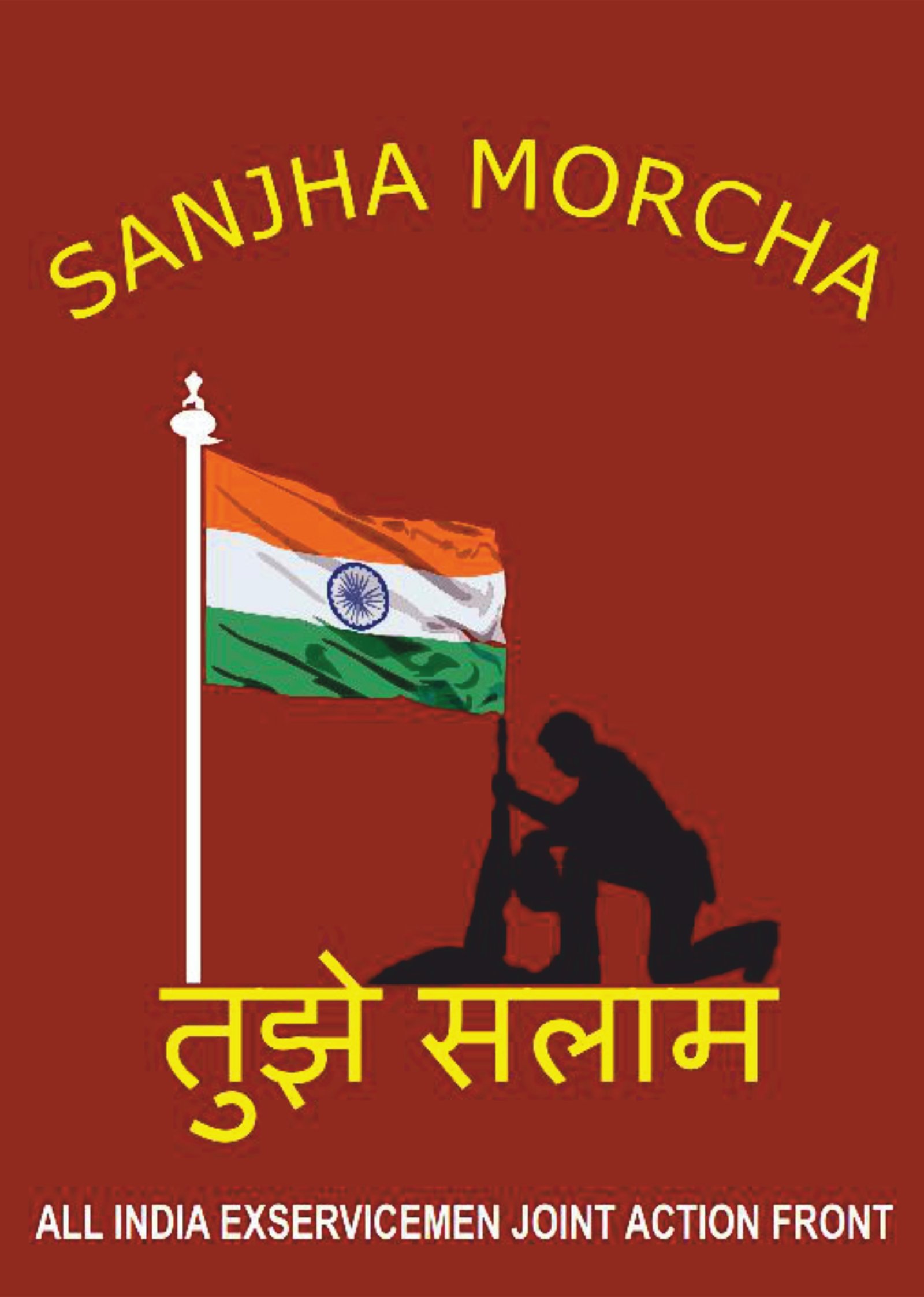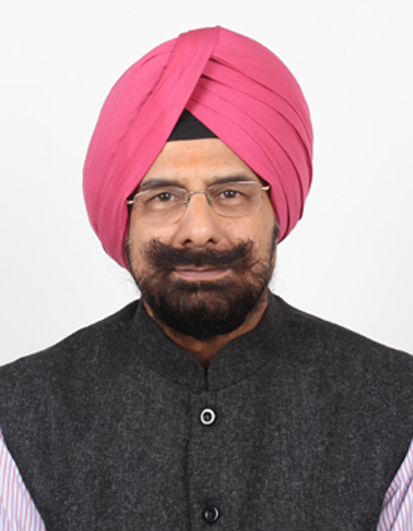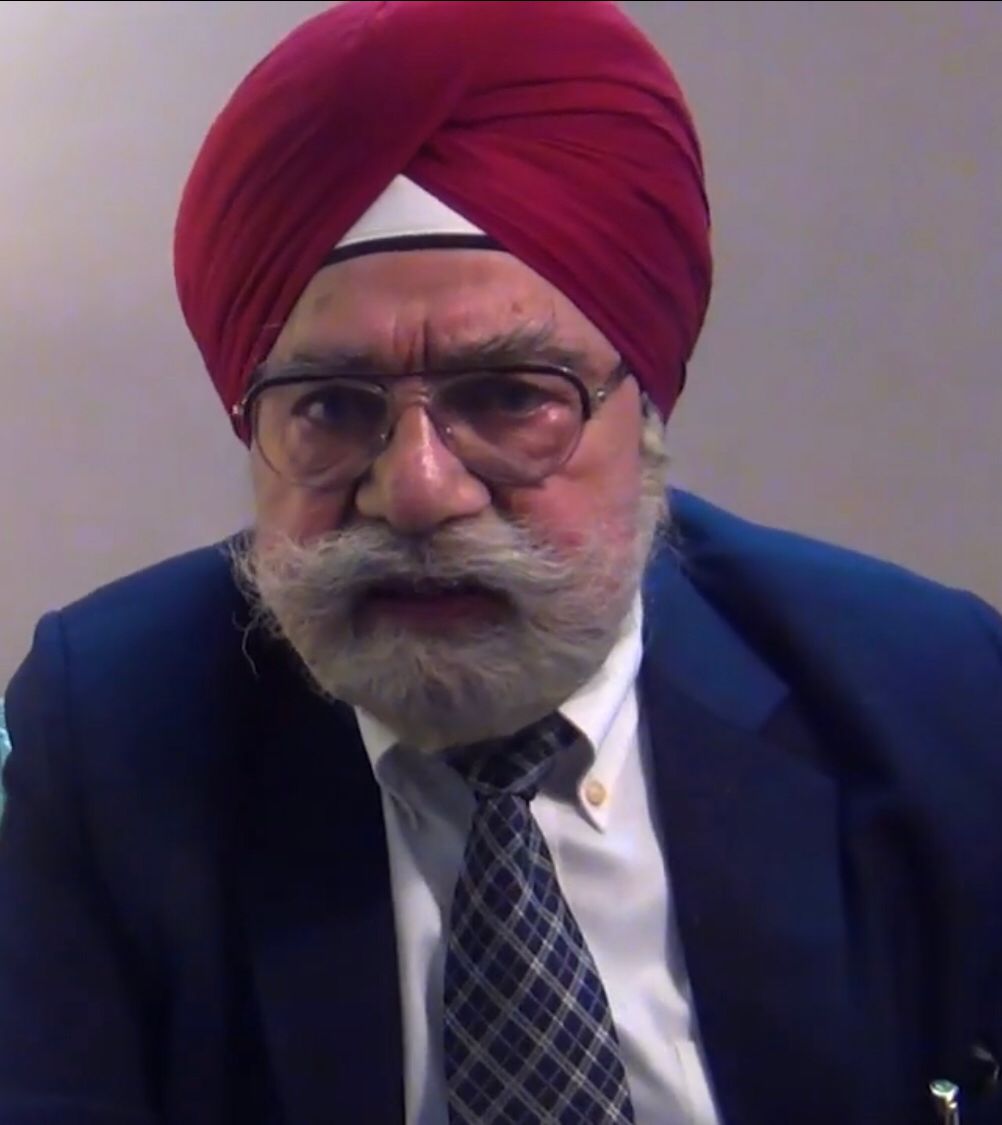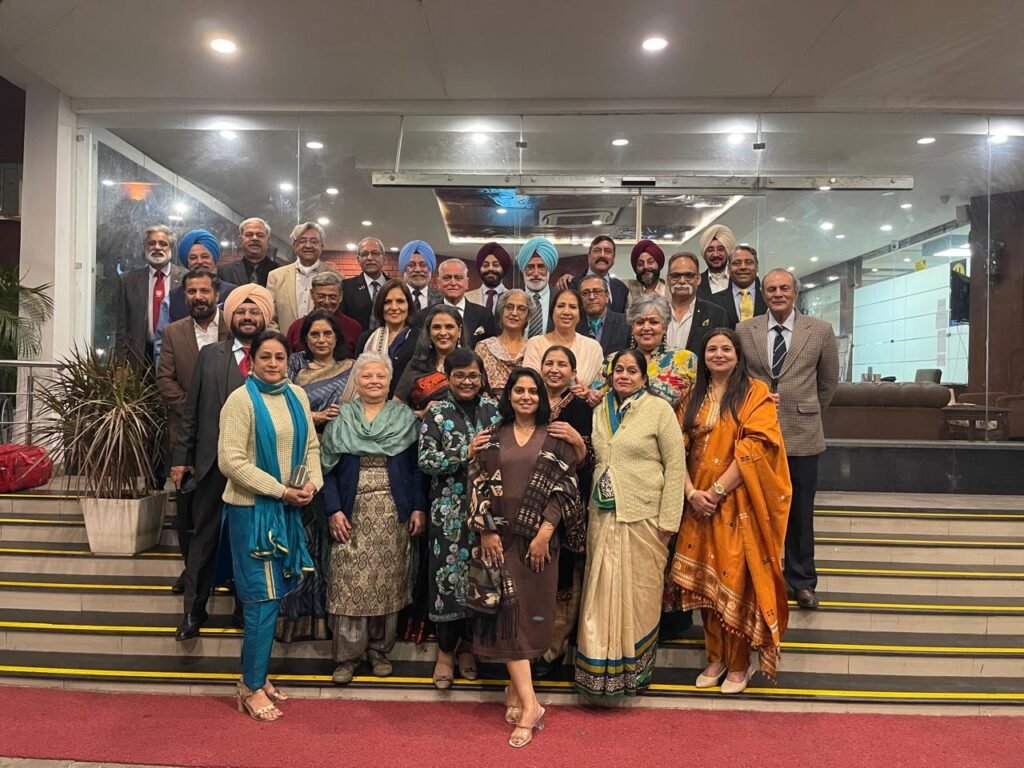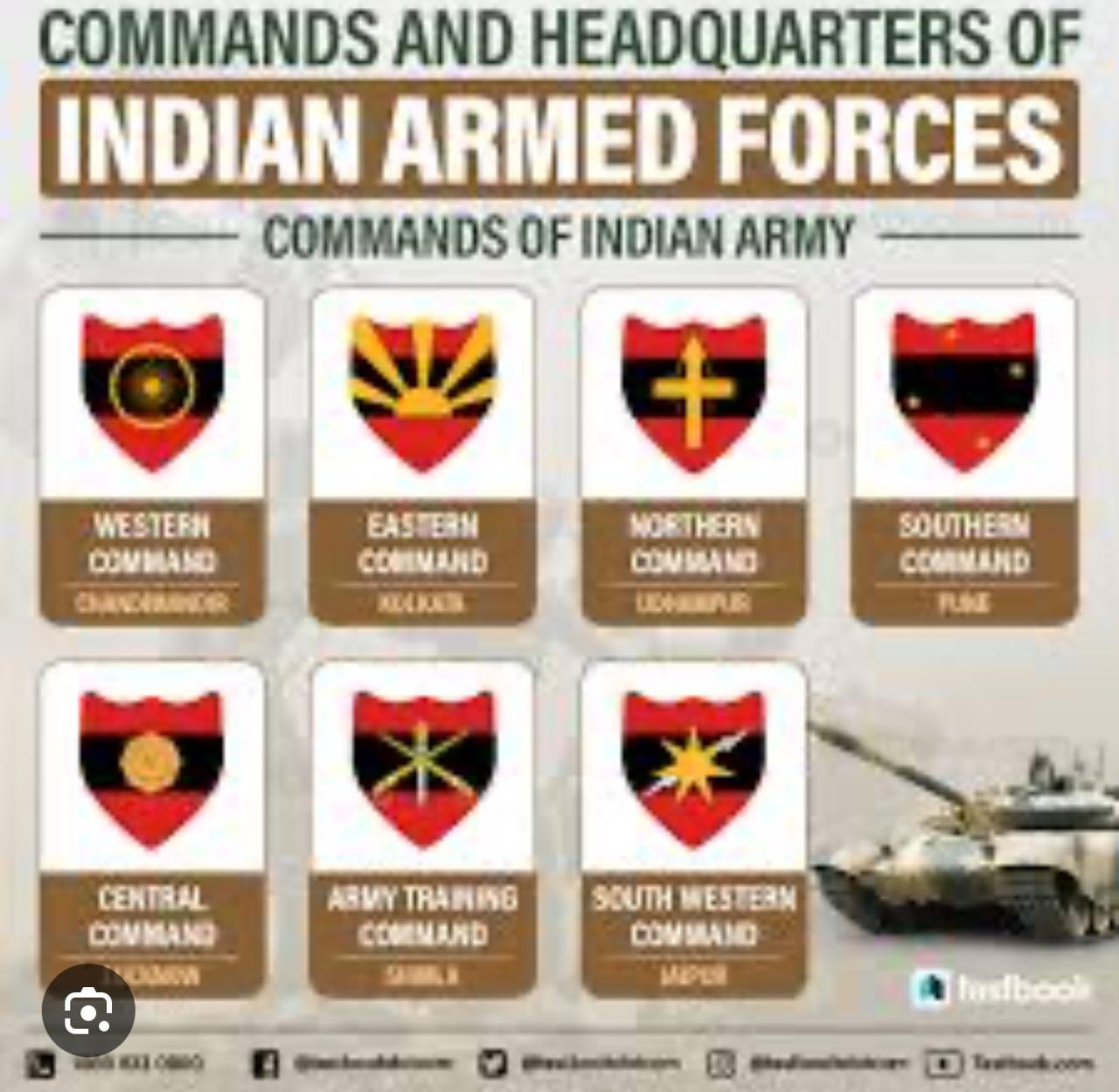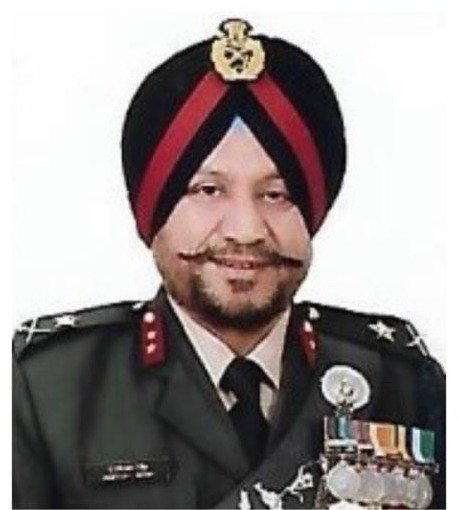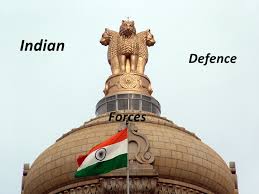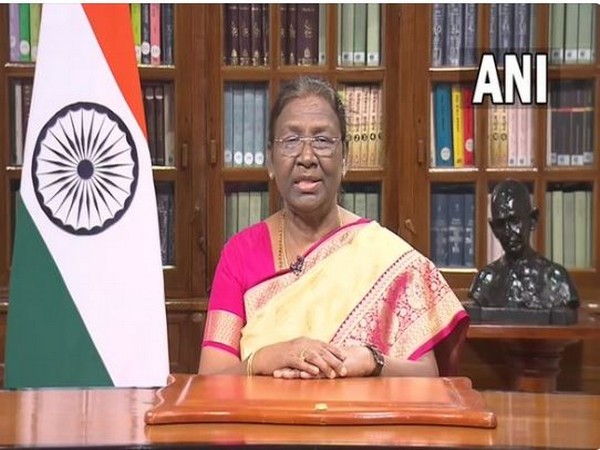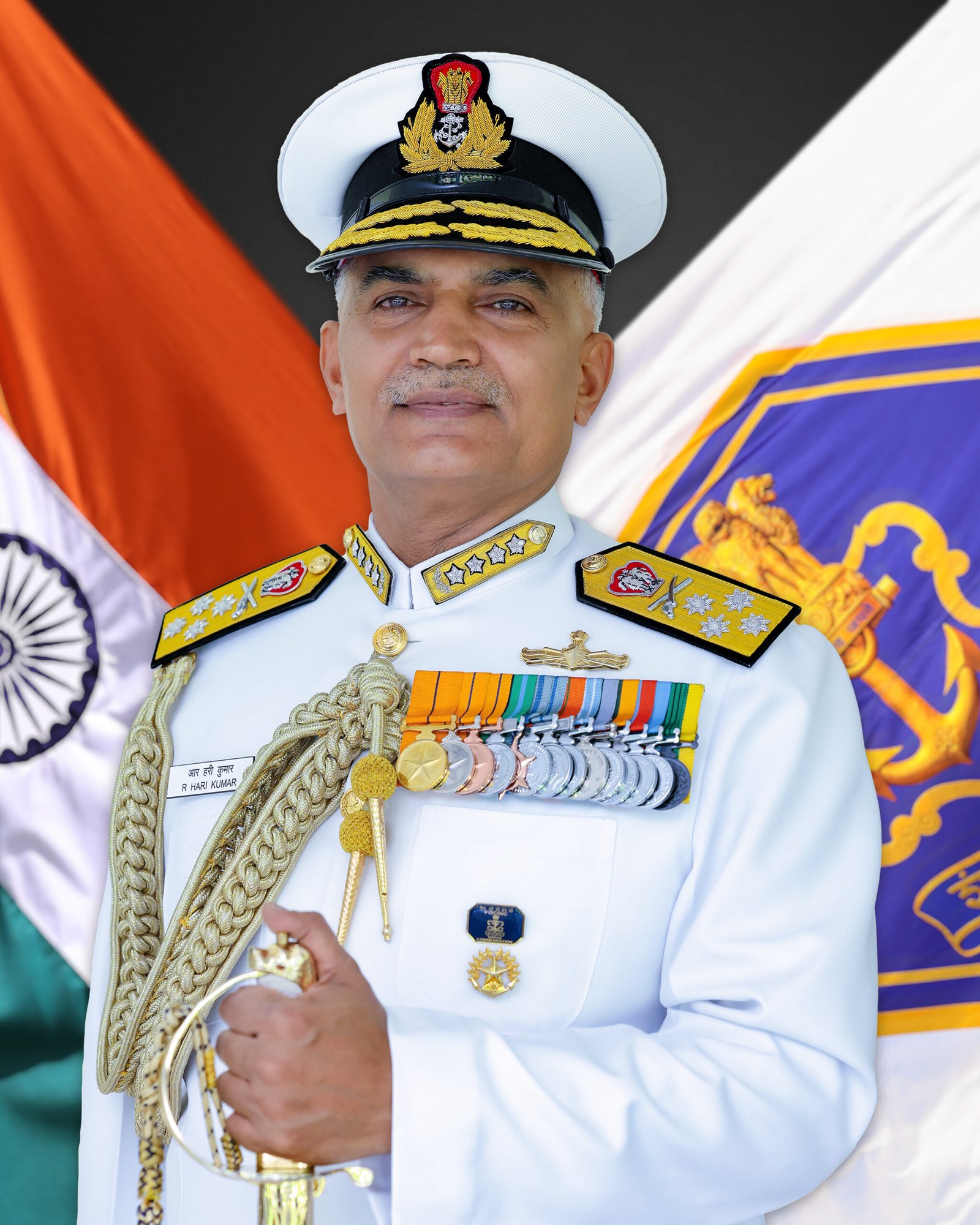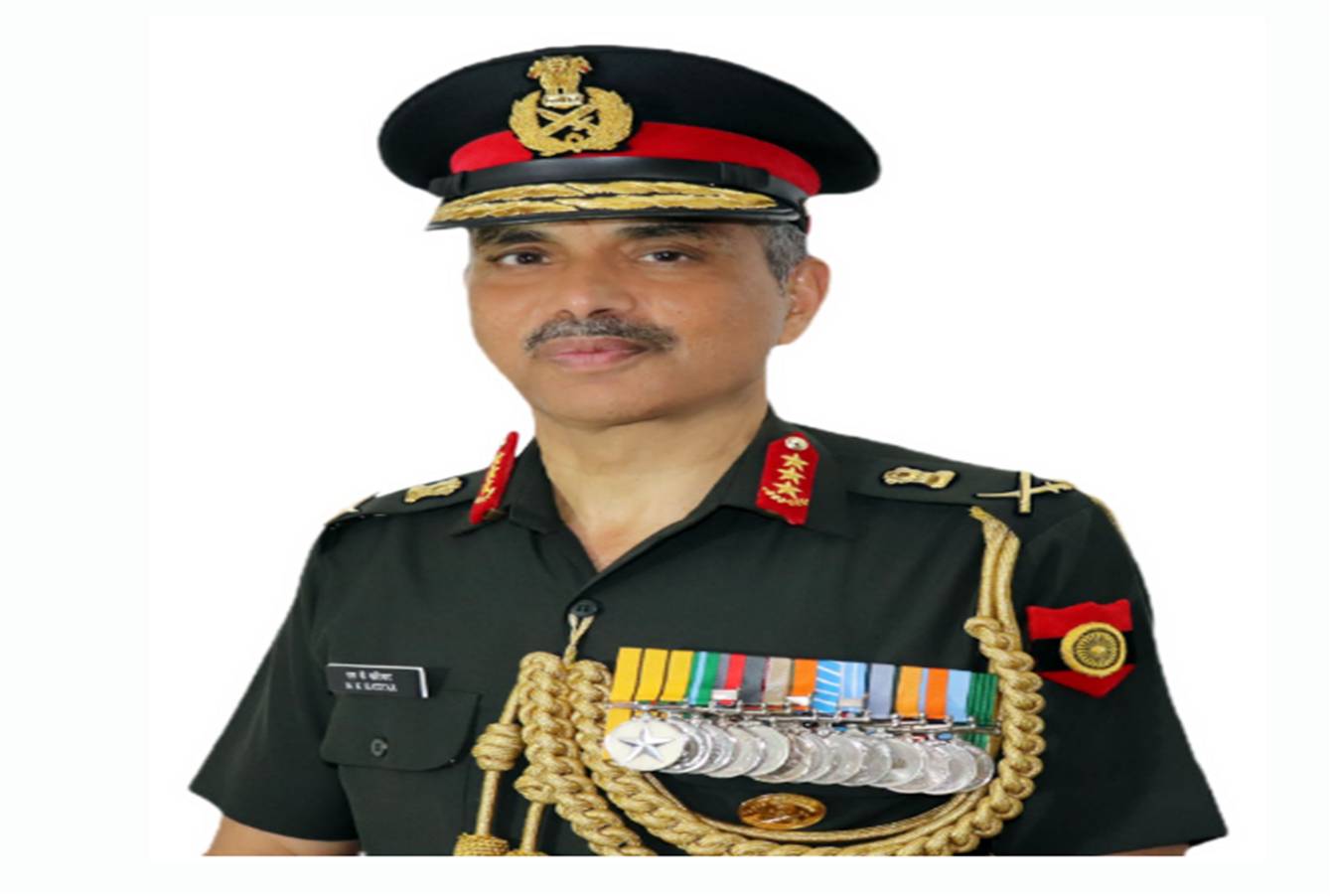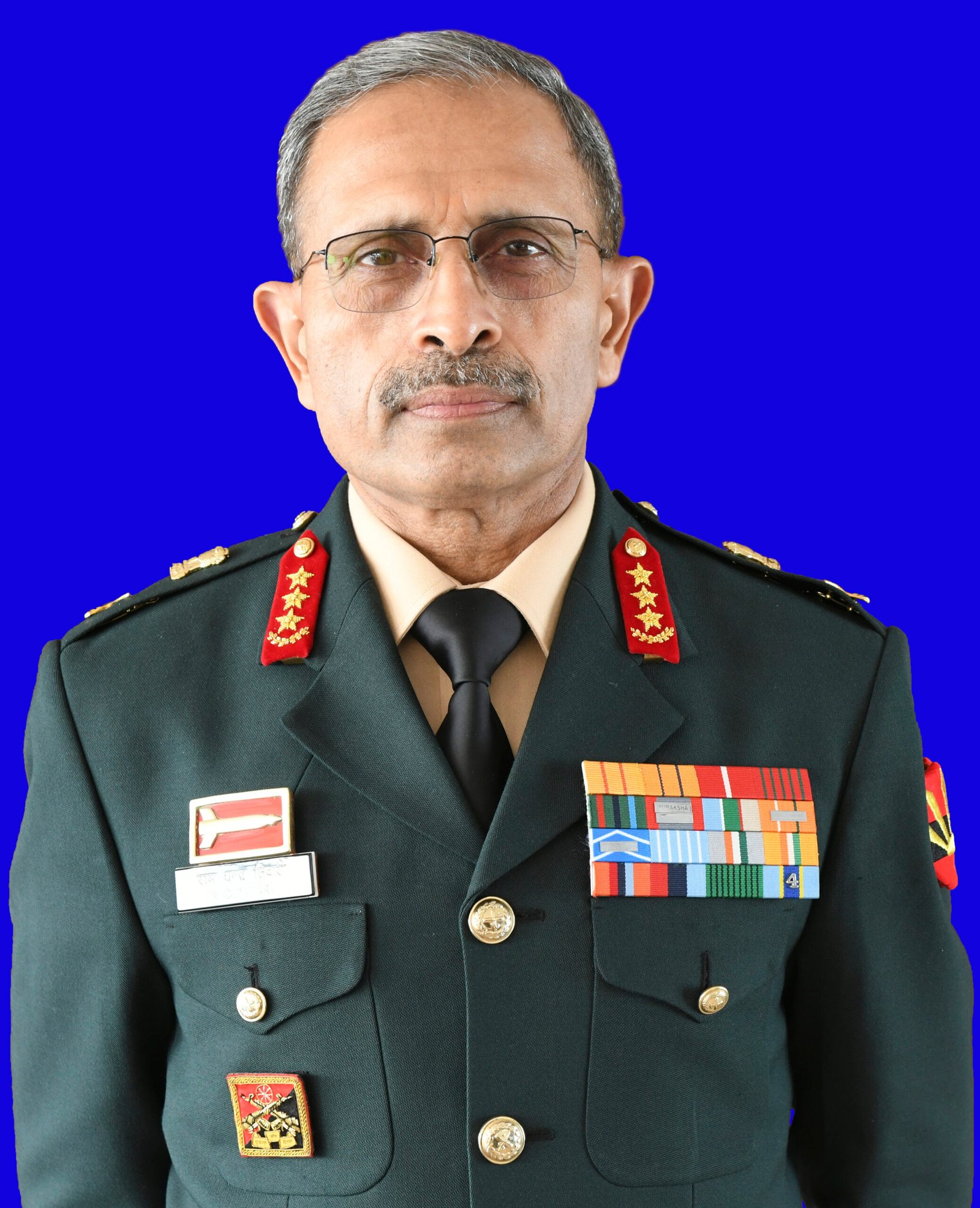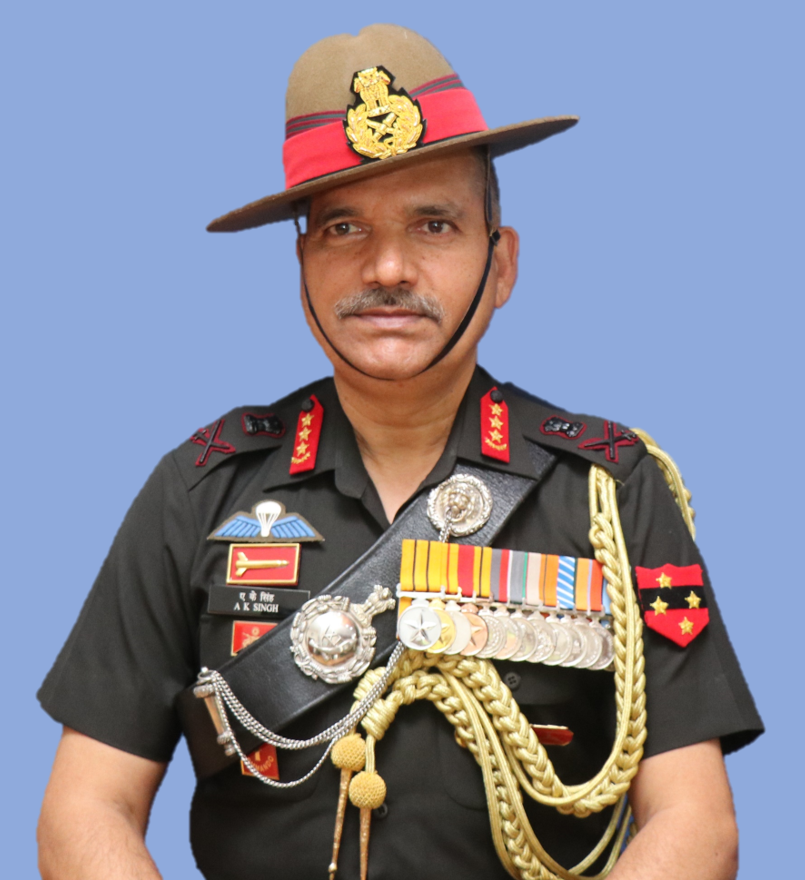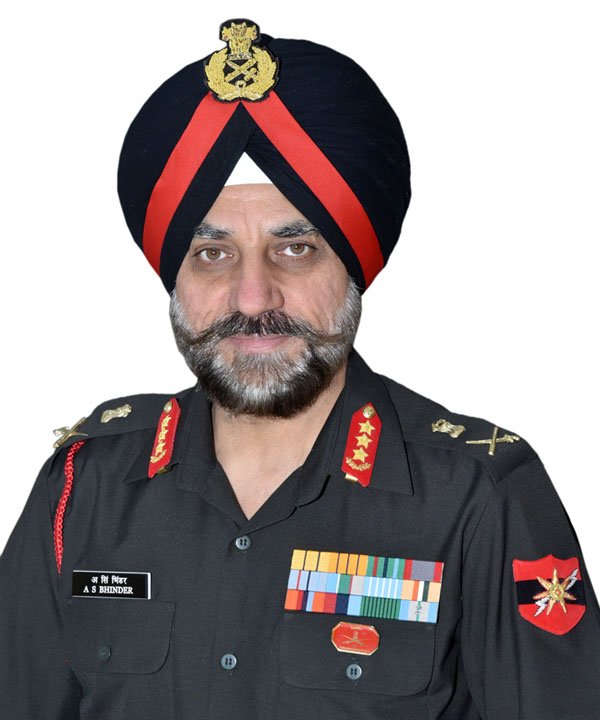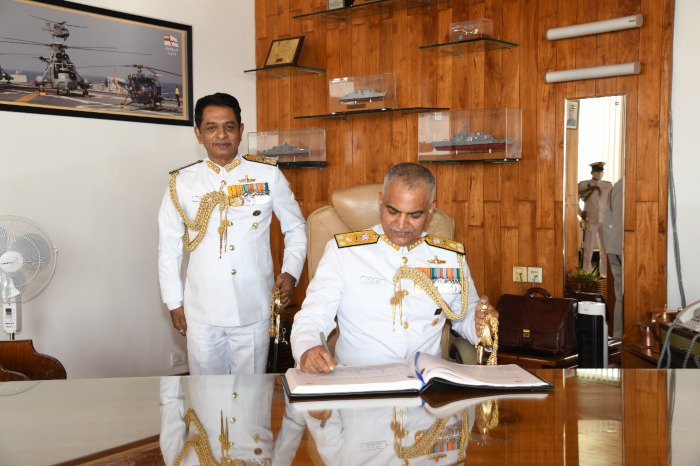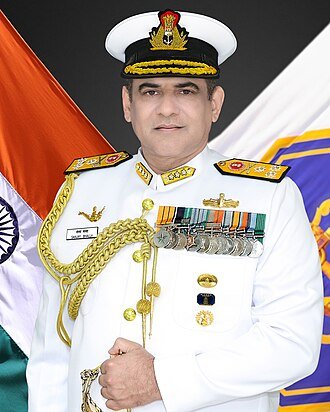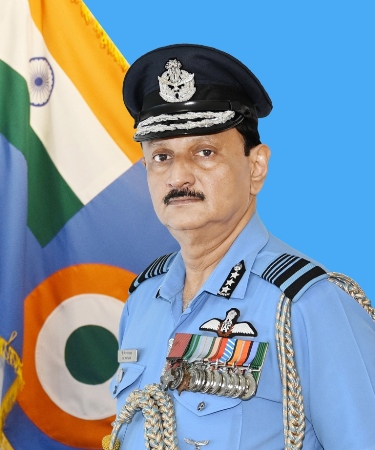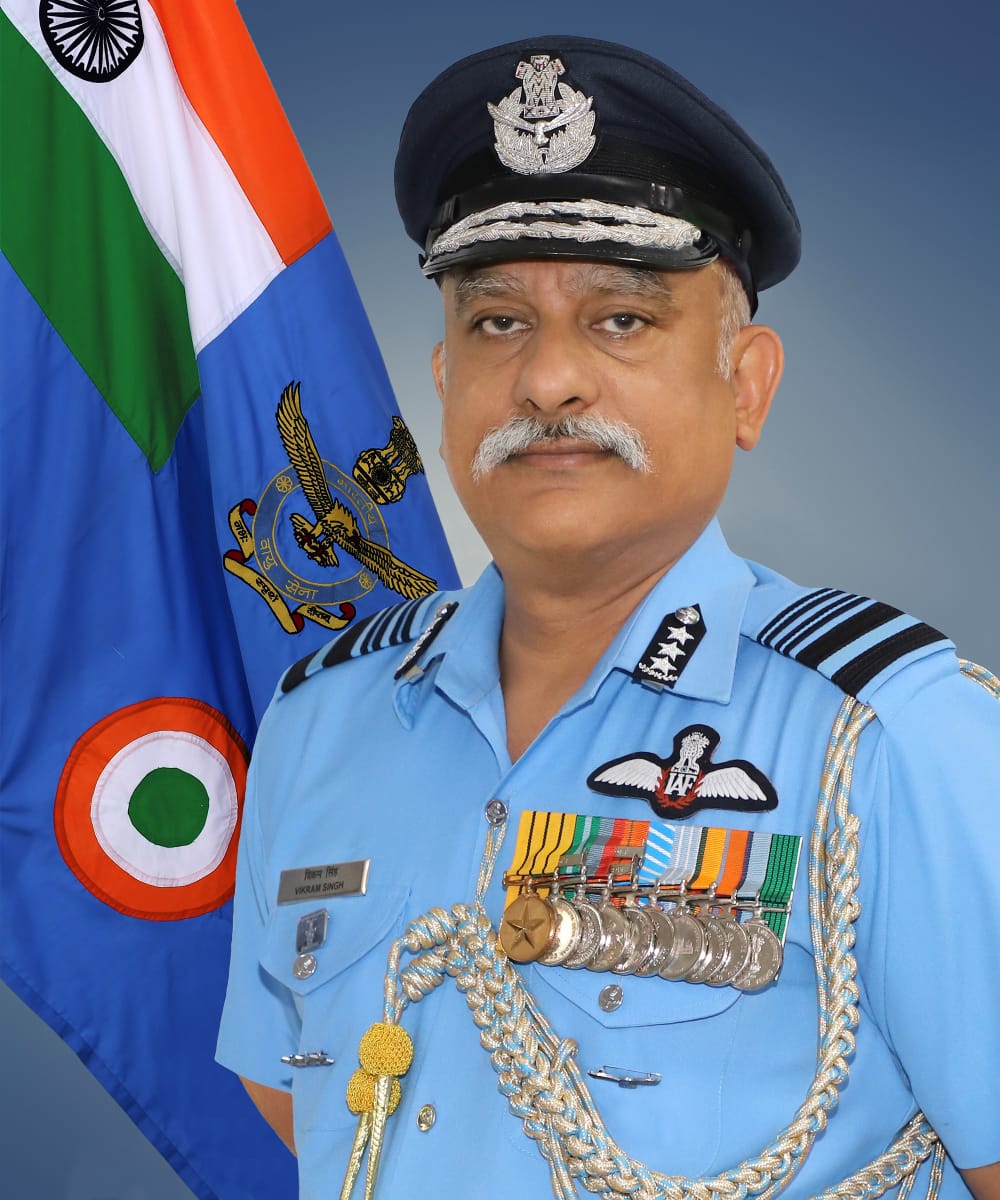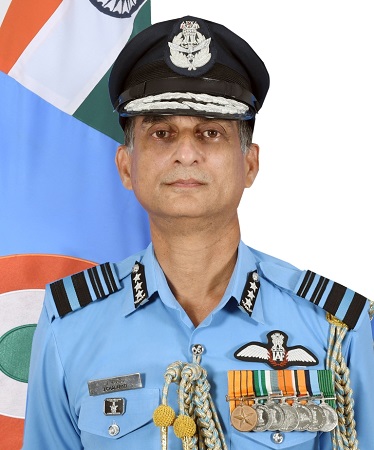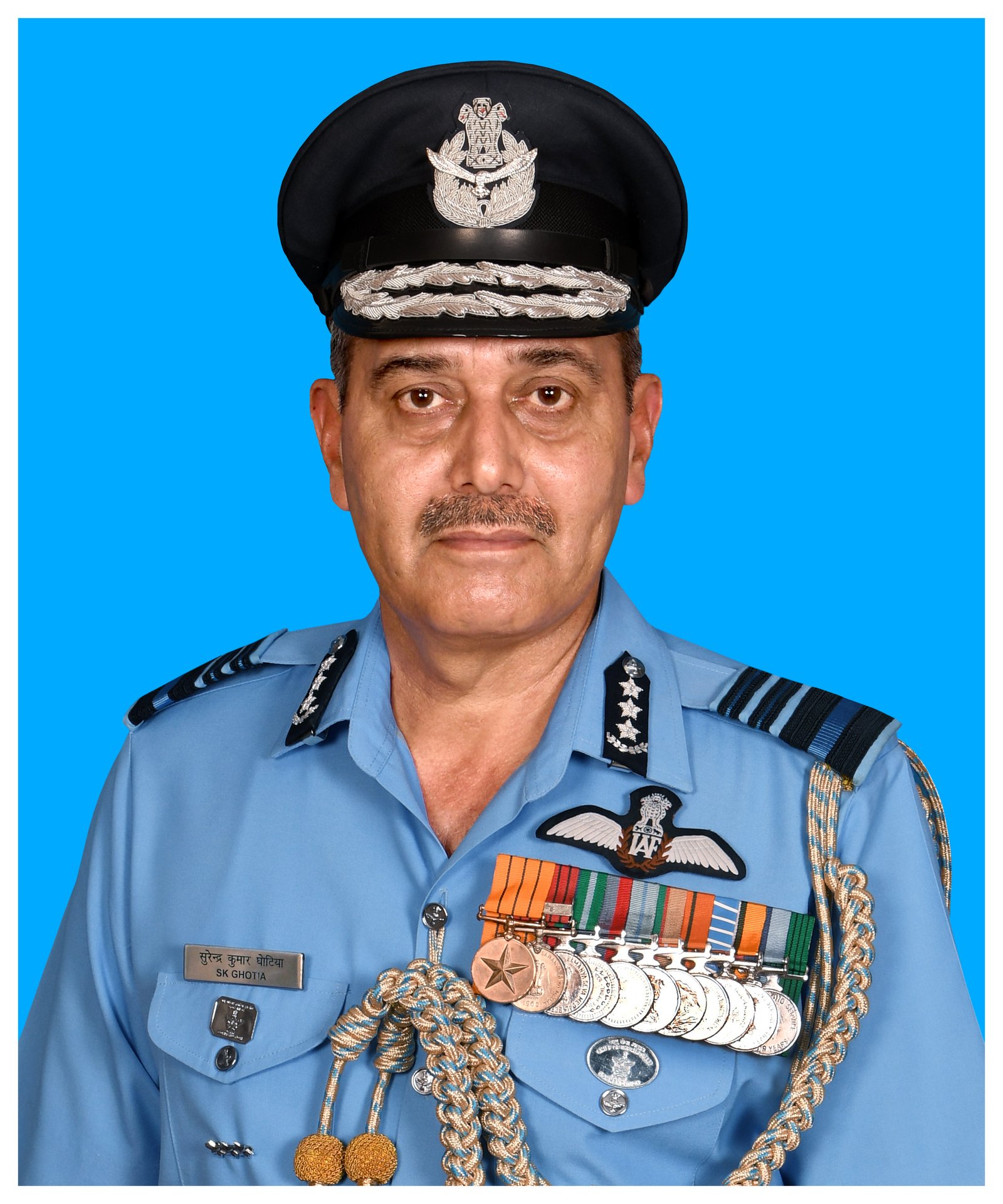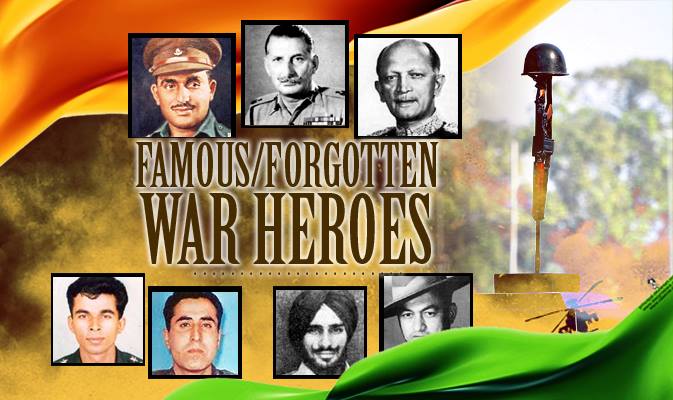December 7

Sanjay Khurana

The Armed Forces Flag Day, observed annually on December 7, is a significant occasion in India to honour the valiant soldiers, airmen and sailors of the Indian armed forces. Since its inception in 1949, this day has served as a solemn reminder of the sacrifices made by these brave men who defend the nation’s sovereignty and integrity. The day also underscores the collective responsibility of citizens to support the welfare of armed forces personnel, ex-servicemen and their families.
The idea of the Flag Day was first proposed by the government to generate funds for the welfare of the armed forces. December 7 was designated as the day for this purpose, symbolising the unity and solidarity of the nation with its defenders. On this day, small flags and car stickers are distributed in exchange for voluntary donations. The funds are utilised to support various initiatives, such as providing rehabilitation to disabled soldiers, welfare for war widows and education for children of martyrs.
The armed forces have a long-standing tradition of valour and dedication. From protecting the borders against external aggression to assisting in disaster relief operations, their contributions extend beyond conventional military roles. The Flag Day is a heartfelt tribute to these warriors who often operate under extreme conditions, far from their families, to ensure the security of millions of Indians.
The day also serves as an opportunity for citizens to express gratitude and contribute to the welfare of those who have served the nation. It fosters a sense of patriotism and reminds people of the values of courage, discipline and selflessness exemplified by the forces.
Various activities mark the day across the country. Schools, colleges and government institutions organise events to highlight the significance of the day and educate people about the armed forces’ role. Fundraising campaigns are conducted and citizens are encouraged to make generous contributions. The distribution of flags by volunteers, including members of the armed forces, is a prominent feature of the observance.
In recent years, the scope of Flag Day has expanded with the advent of digital platforms. Online donation campaigns and social media drives have made it easier for people to contribute and spread awareness. The Kendriya Sainik Board, the apex body responsible for the welfare of ex-servicemen, plays a pivotal role in coordinating these efforts.
The Flag Day provides an excellent opportunity for individuals to extend their support to the armed forces community. Donations can be made through official channels and participation in events organised on this day can help raise awareness. Beyond financial contributions, citizens can also engage in volunteering and advocacy to ensure the welfare of armed forces personnel and their families.
The day is more than a ceremonial observance; it is a call to action for every Indian to recognise and honour the sacrifices made by the nation’s armed forces. As citizens, it is our duty to stand in solidarity with those who dedicate their lives to protecting ours. By contributing to their welfare, we not only pay homage to their service but also strengthen the bond of trust and respect between the forces and the nation.




